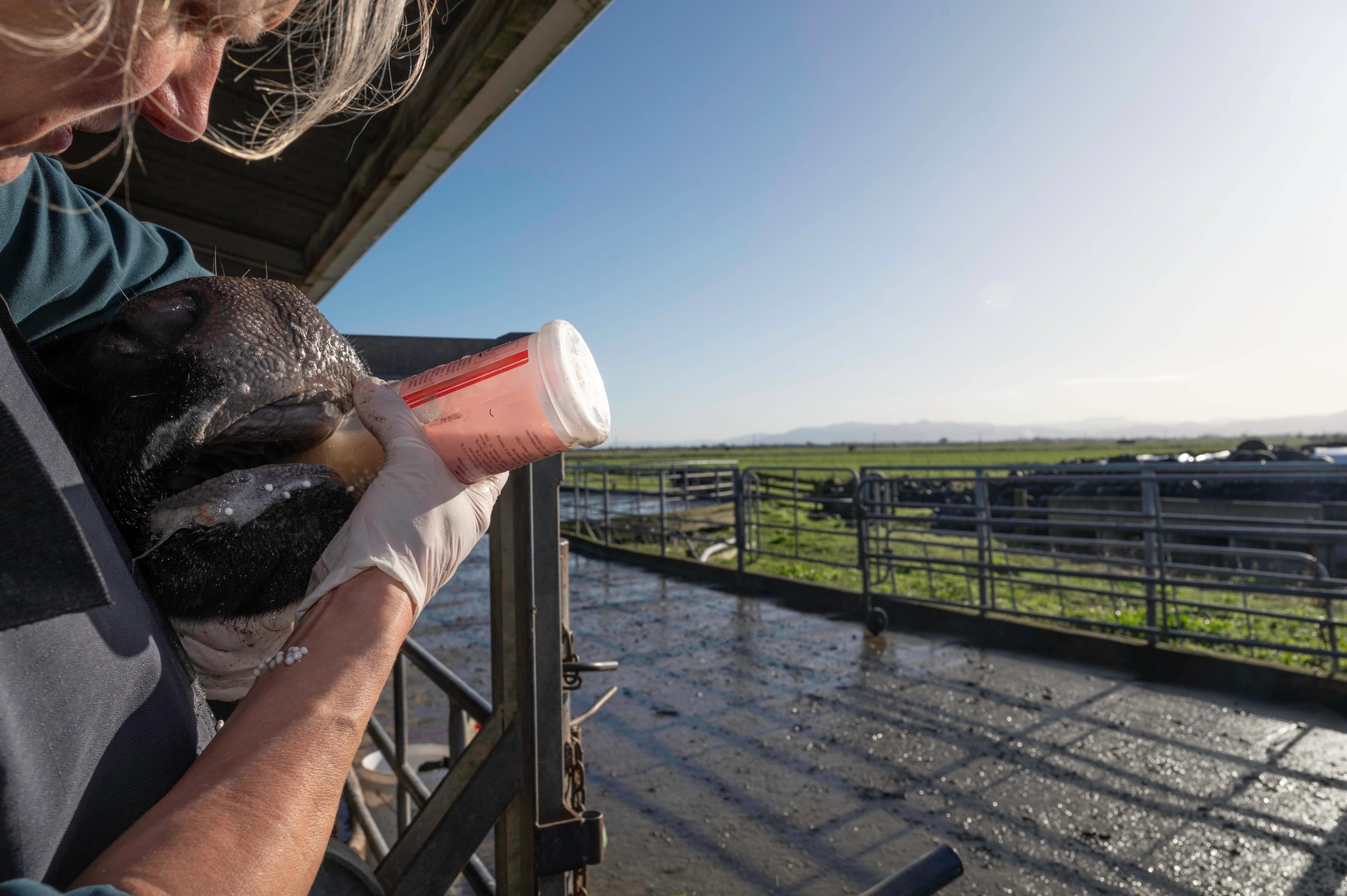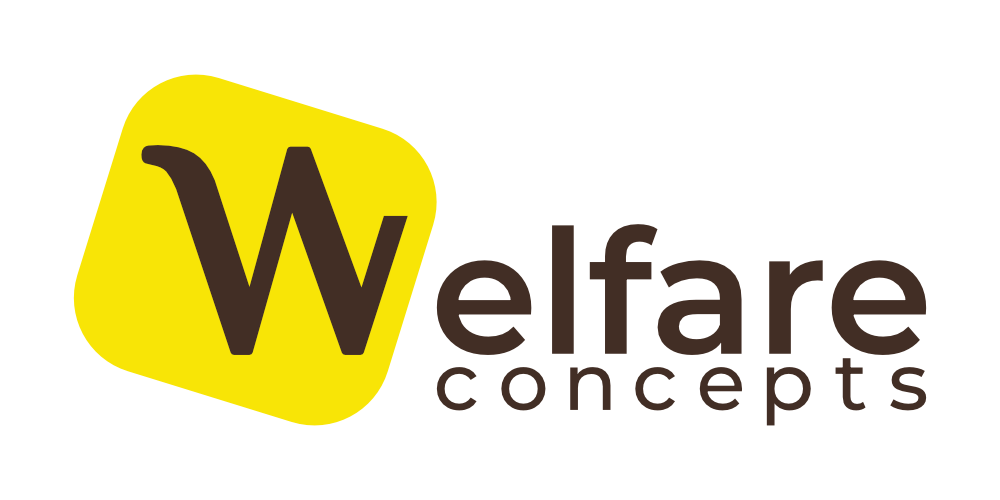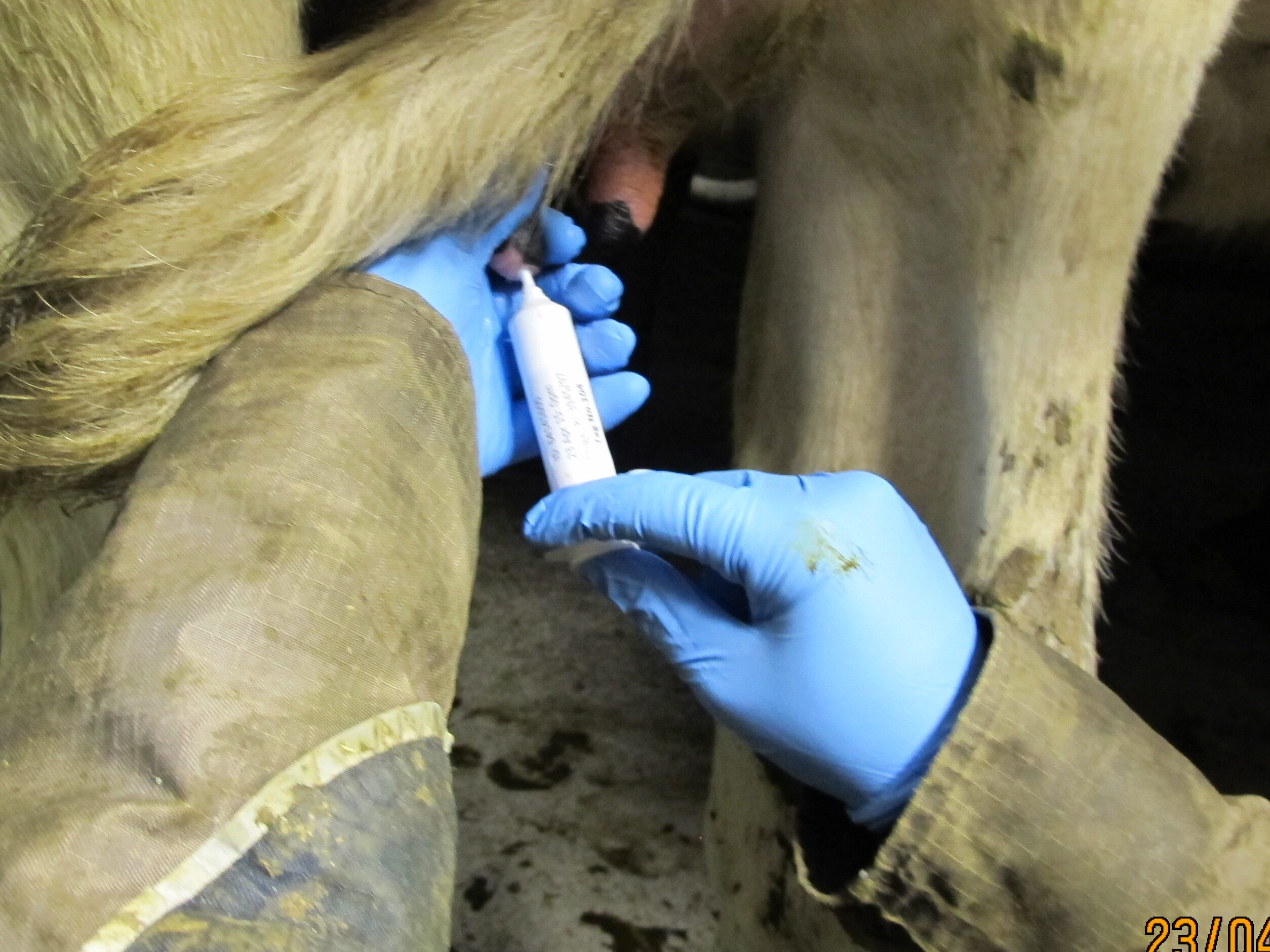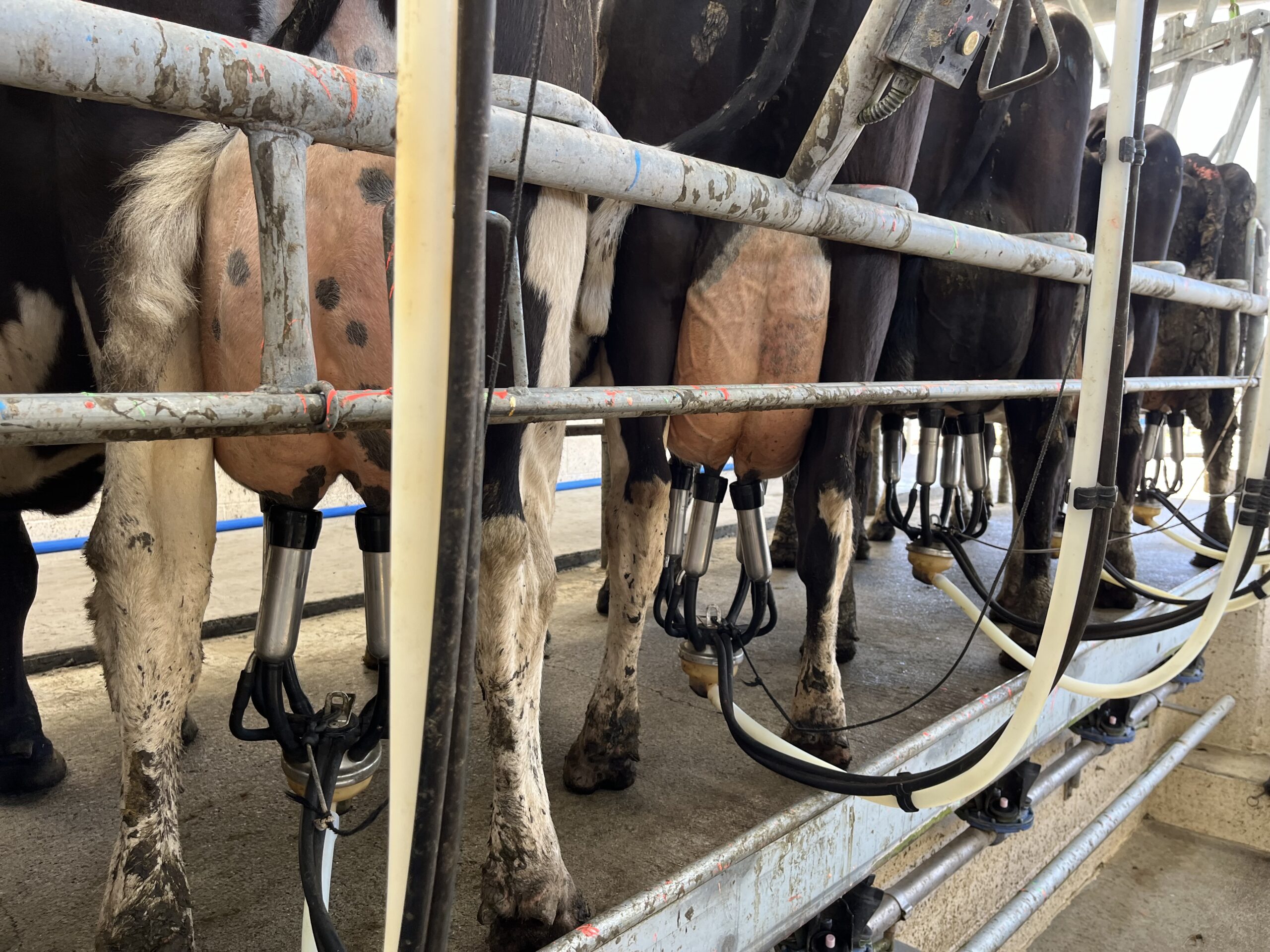DAIRY COW Health
Improving Dairy Cows’ Quality of Life
The Future of Mastitis Prevention
For years, antibiotic dry cow therapy has been the go-to solution for reducing the incidence of mastitis in dairy cows during the next lactation. Alongside this, internal teat sealants containing bismuth salts have played a crucial role in preventing intramammary infections by sealing the teat canal and blocking bacteria from entering the udder during the dry period. Global concerns, over the use of antimicrobials in food-producing animals, is steering the dairy industry towards more sustainable practices with the use of non-antibiotic teat sealants increasing, offering an effective alternative to prophylactic antibiotic therapy.
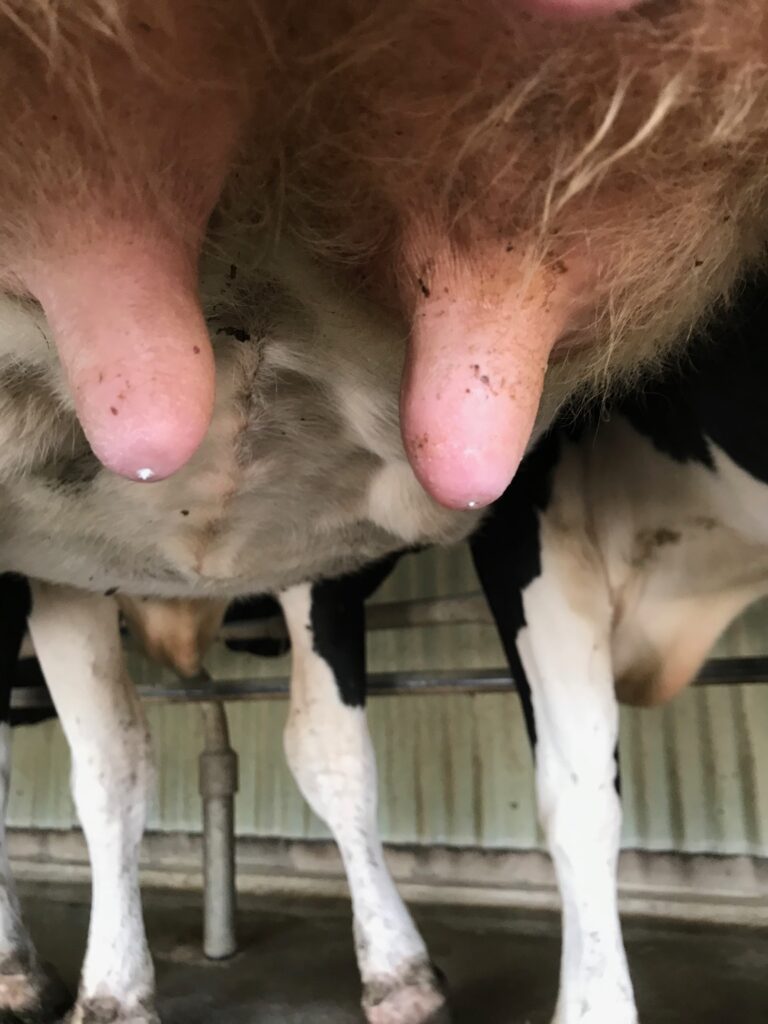
Internal teat sealants have been well proven in preventing new infections during the dry period and reducing early lactation mastitis, and when combined with antibiotic dry cow therapy, these sealants offer even greater protection, ensuring the health and productivity of dairy herds.
By embracing non-antibiotic methods, dairy farmers can protect their cows from mastitis while aligning with the growing demand for antimicrobial stewardship in food production. This approach not only preserves animal health but also supports a sustainable future for the dairy industry.
Innovation in non-antibiotic products, for the management of mastitis in dairy herds, is an active area of research for Welfare Concepts with several ideas in early proof-of-concepts testing and we look forward to sharing positive developments in the future
Innovative Solutions for management of Hypocalcaemia During the Transition Period
The transition period right after calving is a crucial time for dairy cows, marked by substantial metabolic stress. Following calving, cows experience a surge in nutrient demand due to the onset of milk production. However, their capacity to consume and process dry matter and nutrients is initially limited, creating a temporary gap in meeting these increased needs. One major challenge during this period is calcium deficiency. The demand for calcium to support milk production often surpasses the cow’s available reserves, leading to a condition known as hypocalcaemia. This imbalance occurs as the cow’s physiological mechanisms for calcium absorption, metabolism, and excretion adjust to the new demands. When these mechanisms fail to keep pace, hypocalcaemia can persist, manifesting as either clinical or sub-clinical hypocalcaemia.
Clinical hypocalcaemia, affecting 10% to 15% of cows shortly after calving, is easily recognizable and typically treated with intravenous calcium solutions or oral supplements. The consequences of untreated clinical hypocalcaemia are severe, ranging from diminished productivity and fertility to, in extreme cases, death.
Sub-clinical hypocalcaemia, while more difficult to diagnose, can impact up to 50% of the herd. It often goes unnoticed due to a lack of awareness and limited diagnostic tools, but it still significantly affects animal health and farm productivity.
Welfare Concepts are developing an innovative solution, currently in proof-of-concept testing, which would provide an additional tool to dairy farmers and allow for the management of both clinical and sub-clinical hypocalcaemia. Early results suggest significant improvements in transition cow health are achievable from this proprietary technology and we look forward to sharing more results in future.
